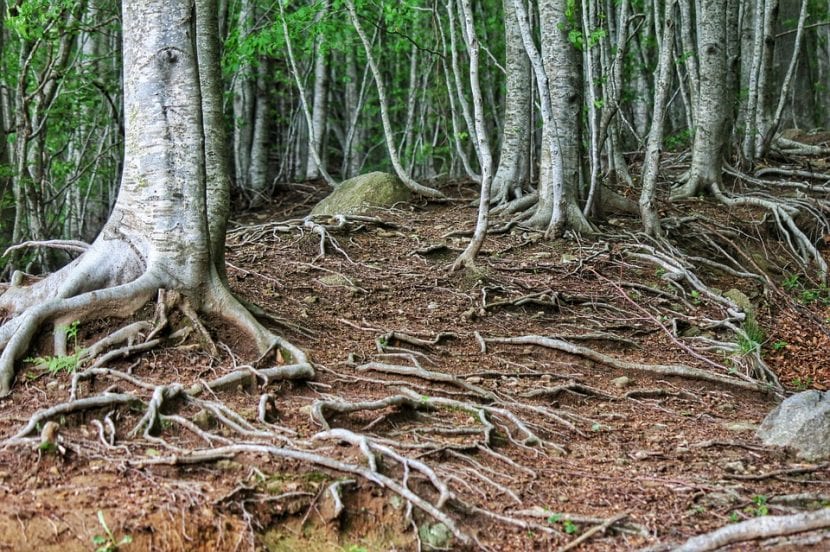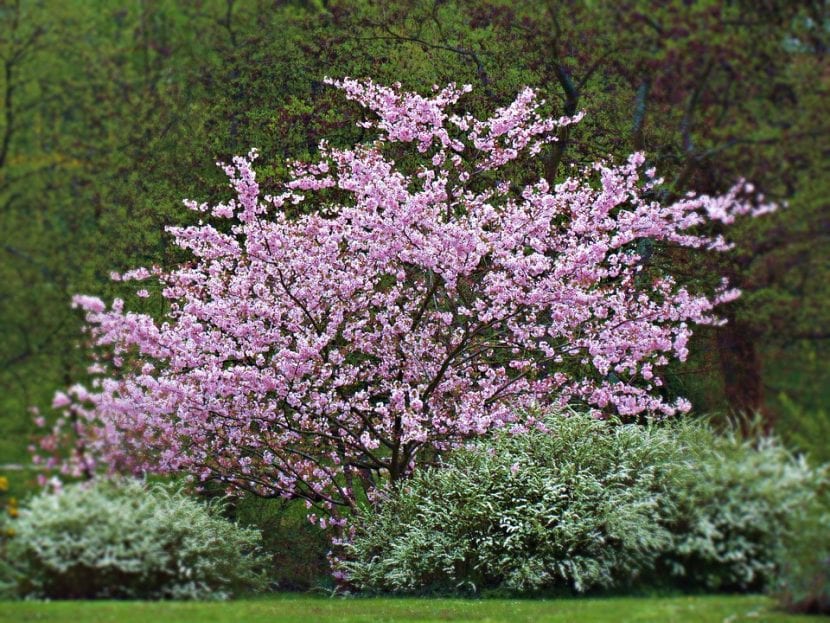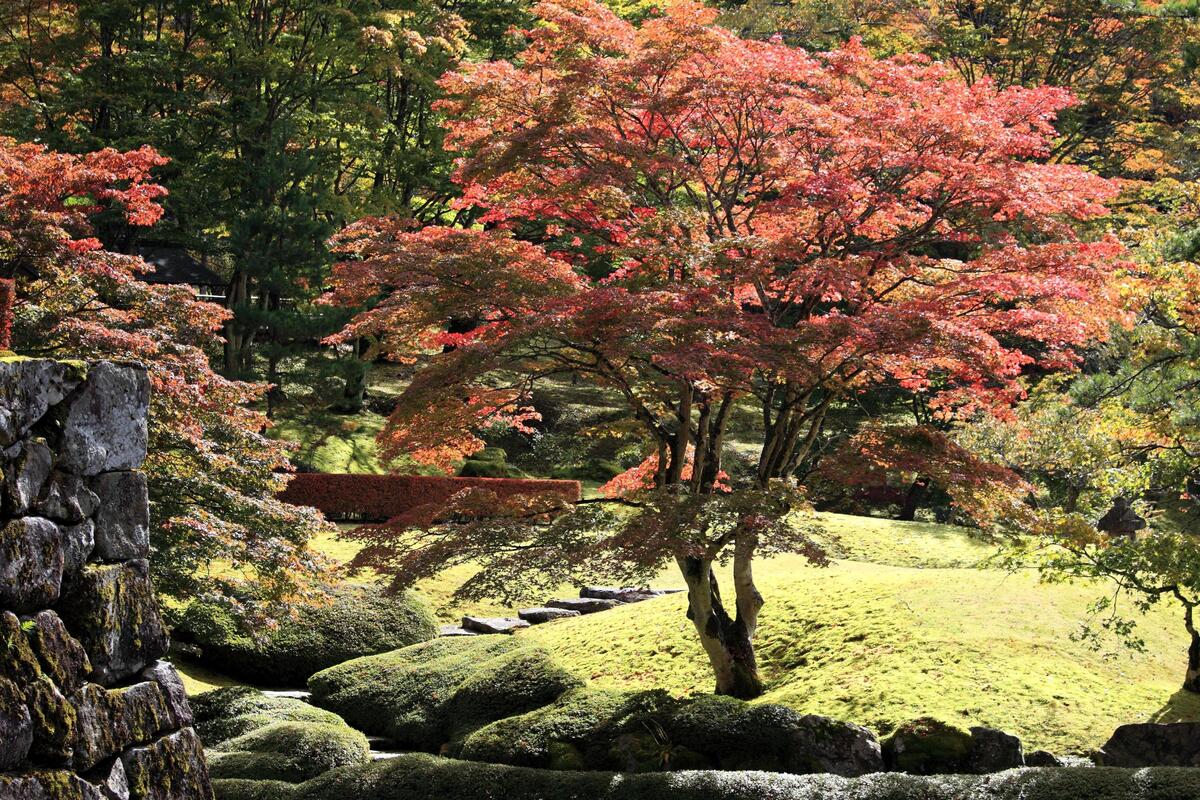
Tree roots are essential both for their survival and stability, as well as indirectly for other living beings. They are the ones in charge of absorbing the water and nutrients from the soil, which the leaves will then take advantage of to photosynthesize and, during this process, expel oxygen ... the gas we need to breathe.
But of course, when you want to plant in a garden it is very important to know if they are invasive or not, otherwise we could get some other upset.
The type of root will depend on the conditions of its natural habitat

As we saw in this article, the roots are classified into several types. In the case of trees, they are, in the vast majority of cases, axonomorphic; that is they have a main root -called pivoting- which is responsible for maintaining the stability of the plant by anchoring itself on the ground, and others thinner -called secondary roots- which are in charge of looking for moisture under the ground.
Depending on where they have lived the longest (and when we speak of time, we speak of thousands and / or millions of years), their root system will have evolved in one way or another. Thus, while, for example, tree species found in the savannah or in areas with a rather dry and warm climate have developed secondary roots that grow several meters horizontally, those that live in tropical rainforests tend to have a root system much less invasive.
How far do the roots of a tree grow?
Again, it depends 🙂. But broadly speaking we can say that the taproot actually stays between the first 60-70 centimeters inland of the soil; the secondary ones, however, can grow many meters.
Those of the eucalyptus, elm, or ficus among others, reach perfectly the ten meters in length; instead, those of the Prunus, Cercis siliquastrum, Syringa vulgaris, and others, as they do not extend more than 3-4 meters and, even so, they are not strong, they are planted without problems in small gardens.
Can you control the growth of tree roots?

Since I started blogging in 2013, I have read this question (or with similar words) many times. The answer is ... that the ideal is find a tree that will grow well in the area where you want to plant it. It is the only way to avoid having to even cut it down.
But no, it doesn't necessarily have to end that badly. And it is that I myself, from experience, I will tell you that if a plant is kept with fewer branches - and shorter than it should - it will not have as much need for moisture or food. As a consequence, its roots will not grow as long.
Be careful: you don't have to prune just to prune, nor do radical pruning either. This alone would result in the death of the plant in almost all probability. What to do is cut back the branches little by little and gradually, over the years, at the time when it is NOT growing (late winter / early spring in temperate climates) always using pruning tools previously disinfected with alcohol to prevent infection.
Still, I insist: the good choice of tree species is the only long-term solution to avoid problems. If this were done well, none would have to be cut down and therefore none would die, not even on the streets and avenues of towns and cities. Therefore, I leave you with this link:
